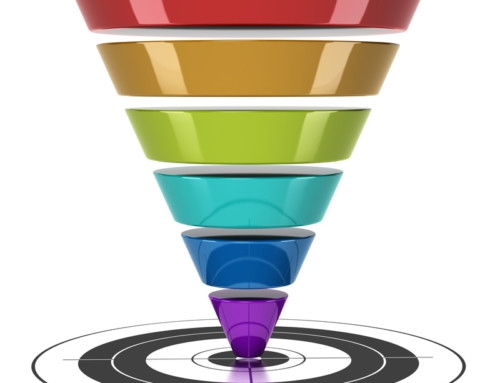 M – Measuring the impact of your service delivery or as Jan Carlzon, author of a book by the same title would say, “Moments of Truth”. How does your customer feel when they have dealt with you, your team, your process, and your products? Some fantastic metrics to consider when measuring your overall customer experience include:
M – Measuring the impact of your service delivery or as Jan Carlzon, author of a book by the same title would say, “Moments of Truth”. How does your customer feel when they have dealt with you, your team, your process, and your products? Some fantastic metrics to consider when measuring your overall customer experience include:
- Number of complaints
- Number of compliments
- Average spend per customer
- Frequency of purchase per customer
- Customer attrition rate
- Customer referral rate
- Percentage of dormant customers
- Average response time to resolve a complaint / issue
- Customer perception of ease to work with
- Customer perception of reliability
- And many more depending on which industry you’re in.
You may have heard of the Balanced Scorecard, an approach to measuring the key performance indicators of a business made famous by David Norton and Robert Kaplan in the 1990’s. I’ve been using the approach for a number of years and can’t recommend highly enough having a scorecard or dashboard for your business. In fact everyone I work with has one in place that we develop together, and part of the scorecard is focused on customers and activities affecting them. The metrics above are often included as well as sales measures centered on potential customers.
There is also a measure called the Customer Engagement ratio that is the proportion of fully engaged to actively disengaged customers. The Gallup Organization developed it, and it’s based on an 11question survey that covers four key areas of engagement: Confidence, Integrity, Pride and Passion.
Confidence covers whether customers believe the company will deliver on its promises. Integrity is about customers believing that the company will do the right thing. Pride is whether customers feel good about dealing with the company. Passion is about how emotionally connected customers are to the company or brand.
The 11 questions are:
- Overall, how satisfied are you with [brand]?
- How likely are you to continue to choose/repurchase [brand]?
- How likely are you to recommend [brand] to a friend/associate?
- [Brand] is a name I can always trust.
- [Brand] always delivers on what they promise.
- [Brand] always treats me fairly.
- If a problem arises, I can always count on [brand] to reach a fair and satisfactory resolution.
- I feel proud to be a [brand] customer.
- [Brand] always treats me with respect.
- [Brand] is the perfect company for people like me.
- I can’t imagine a world without [brand].
So, to establish the measures and a program for collecting the data that can then be used to monitor your performance you will need to take the following steps:
- Determine what is important for you to measure – identify three to five key indicators that will give you a good idea of your customer experience.
- Determine the collection method for your data – i.e. live surveys in store (I saw an example of this recently in the USA), online surveys (like www.surveymonkey.com for example), one on one interviews or focus groups (which we have discussed before), feedback forms, telephone follow ups, or the engagement of an external provider of such services.
- Do some benchmarking on your industry to determine where the industry is at on the measures you want to monitor. It helps with comparisons.
- Develop the data collection tools and train your team in the effective collection of the data required.
- Start capturing and measuring your key indicators.
- Use them to make improvements and then measure those.
Next week, is all about the E – empowering your team to make decisions to deliver and exceed customer expectations. Having clear measures in place to monitor your customer experience will help your team make the right decisions, so don’t delay and put them in place now!
Build massive momentum!





